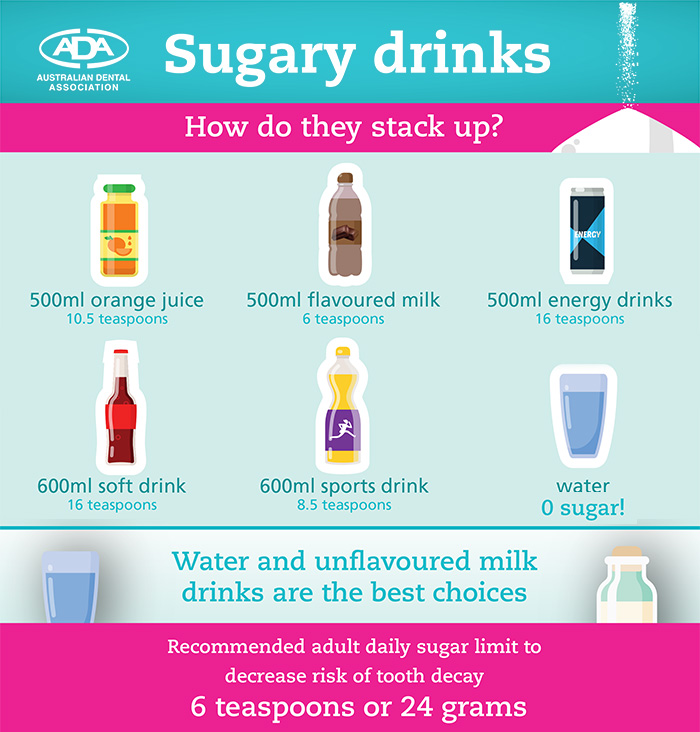How is your oral health tracking? It’s time to get your mouth on track
If you’re like most people, you’re probably keeping track of a big, long list of things.
Daily steps taken. Calories consumed. Calories burned. Heart rate. Your next doctor appointment. Thinking “am I getting my five serves of veges a day?”

But what about your teeth? Yes, how is your oral health tracking?
That’s the question being asked this Dental Health Week (5-11 August | dentalhealthweek.com.au), an annual event run by the Australian Dental Association which aims to make everyone aware of the key things they need to do to keep their teeth and gums healthy.
You might think it doesn’t really matter if you miss a bit of flossing, skimp on the thoroughness of your brushing, live on a diet of burgers and fries or tell your dentist “thanks but no thanks, I’ll see you in 2022”. But of course, like anything that’s necessary and good for you, it does matter and it’s definitely worth adding to your list of daily To Do’s.

Now, before you groan inwardly and think to yourself that there’s no way you can cram anything else onto a list as long as a Senate ballot paper, it’s actually pretty easy and straightforward to making dental hygiene a key part of your day.
Brushing
If you’re like most people, there’s not a whole of brushing going on. In fact, only 50% of Australians brush twice a day. The reality is that a quick, occasional dash along your teeth with a hope and a prayer is not going to cut it. As your dentist will tell you, you need to brush for at least two minutes twice a day, taking care to use a soft-bristled toothbrush (they’re less damaging to your teeth and gums than their harder counterparts) to clean your teeth systematically along all surfaces, always brushing in small, circular motions.
Flossing
Flossing (or using an interdental brush) once a day is important because it removes plaque from between your teeth which goes a long way in helping to prevent gum disease, tooth decay and halitosis (“bad breath”). It’s not something that should be rushed either. Take your time, using a gentle side-to-side motion with about 45cm wound around your middle fingers and thumb. If you’re not sure about the right technique, have a chat to your dentist who can show you all the right flossing moves.
Say “Hello” To your dentist
If you have a regular dentist, and it is a good idea to have one since it means your teeth will get the consistent care they need, you should be seeing them more often than you probably are, with one survey revealing that 65% of Australians have not seen a dentist in the last two years. Yup, that’s right – two whole years. Sure, that’s extra time for catching on Game of Thrones but is it good for your teeth, and the health of your whole mouth? Not really. You should really be seeing your dentist every 6 to 12 months or as needed to keep on top of your dental health.
Eat and drink well
We all love junk food, but alas, it does not love us back. In fact, not only does it make fitting into those jeans you love a struggle, but it’s not good for our mouth at all. You’re much better drinking water, limiting sugar intake (watch out for hidden sugars in drinks and foods), avoid snacking between meals, instead sticking to three meals a day and concentrating on the good stuff like vegetables and dairy products. Of course, before you make any major dietary changes, first check with a healthcare professional.

How do we know the average Aussie isn’t giving their dental health the required amount of attention? Australia’s Oral Health Tracker, launched last year, is a national report card on the health of our mouths and how this impacts how healthy we are overall. You can find out more about how healthy we are and how healthy we’d like to be at ada.org.au/oralhealthtracker


